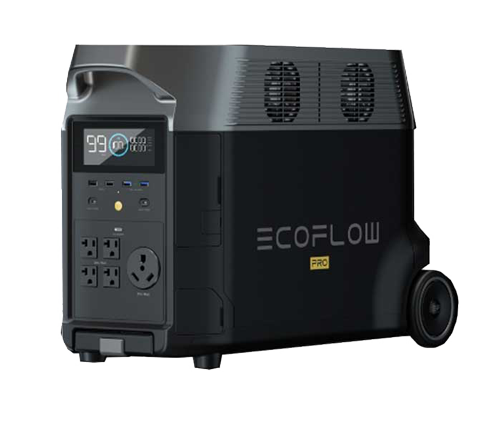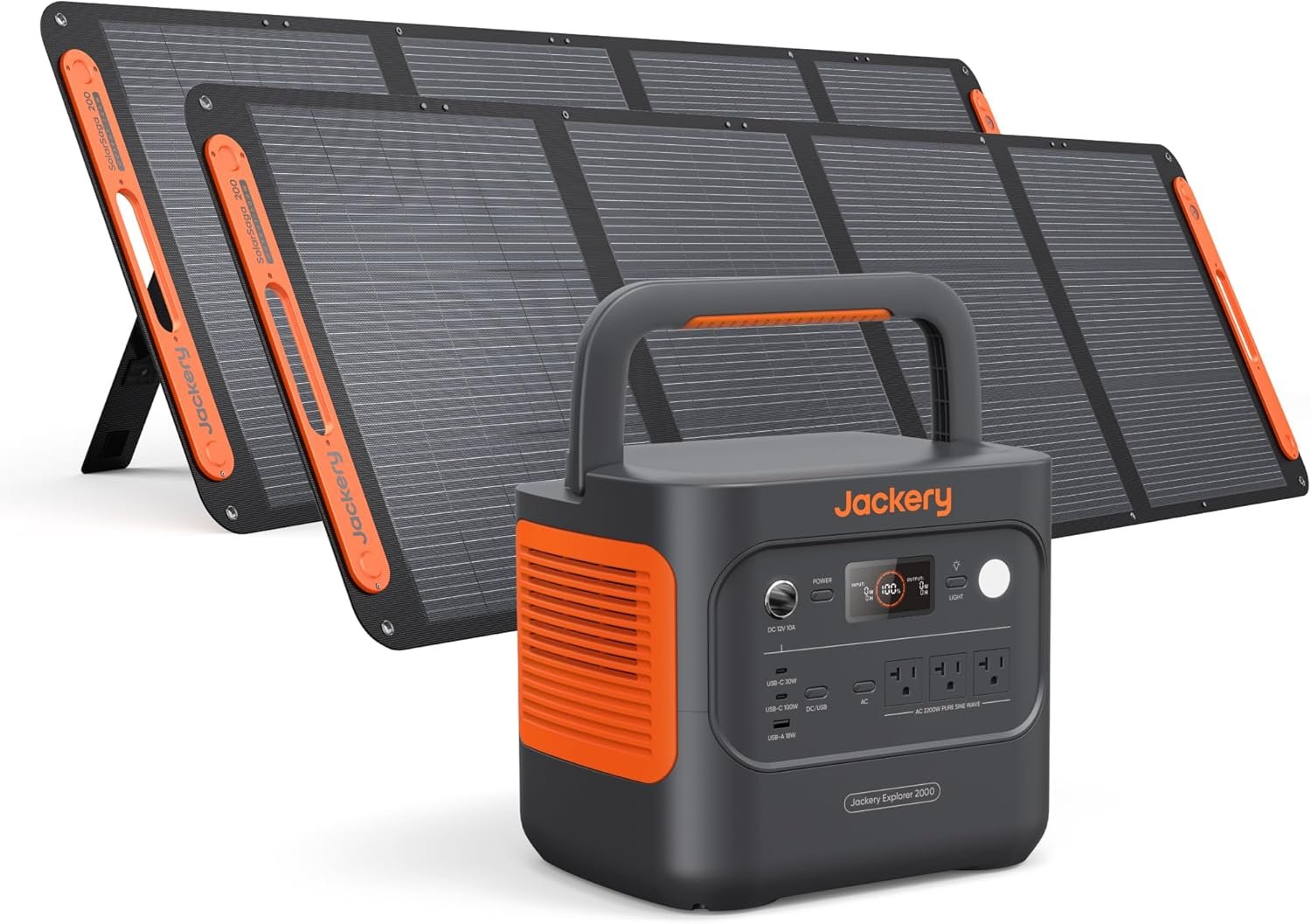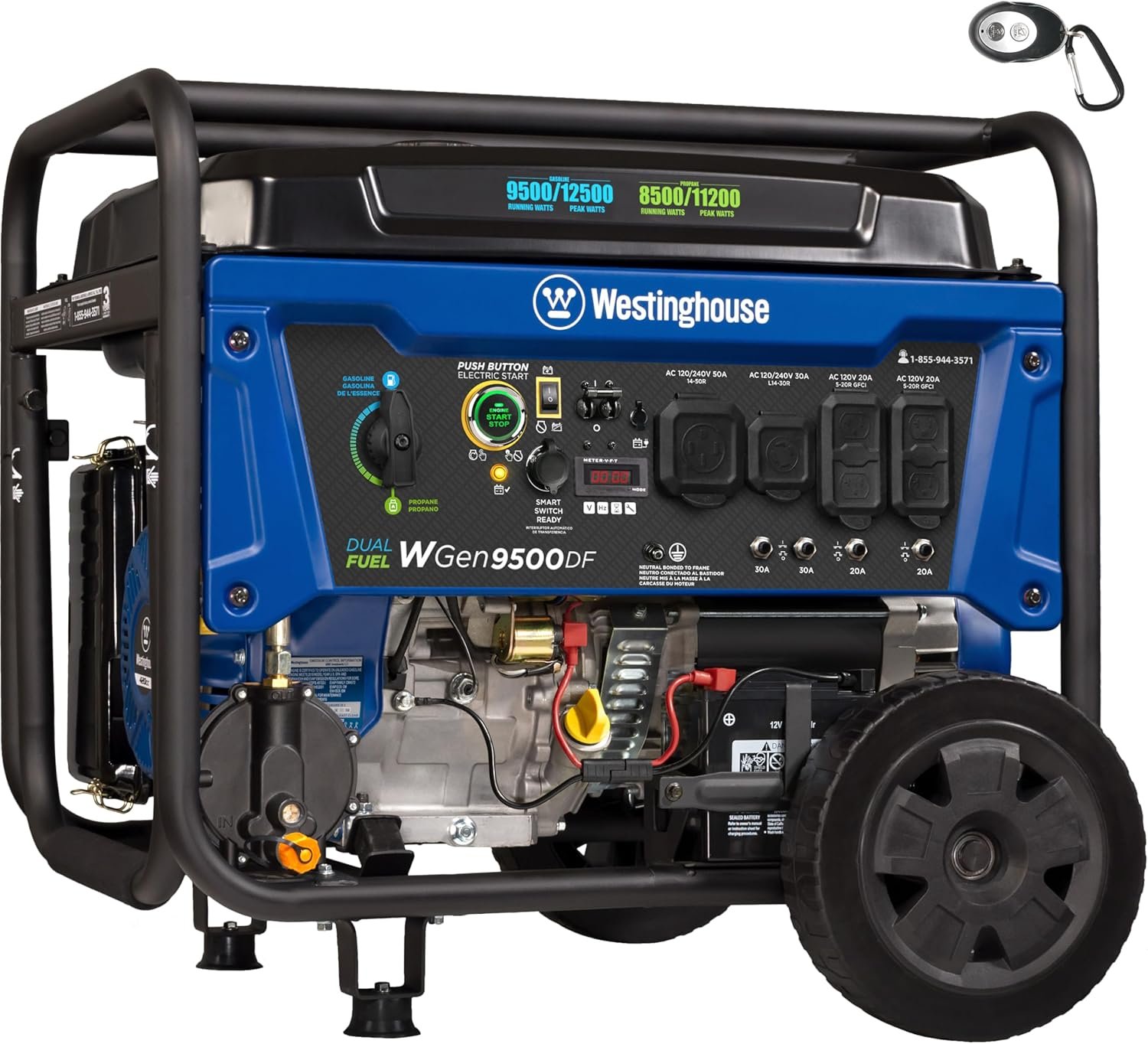Mini Split Heat Pump: The Ultimate Guide to Energy-Efficient Heating & Cooling
Mini Split Heat Pump – Are you tired of skyrocketing energy bills from your old HVAC system? Or maybe you’re looking for a flexible heating and cooling solution without ductwork? A mini split heat pump might be your answer! These compact, ductless systems are gaining popularity for their efficiency, quiet operation, and versatility.
But what exactly is a minisplit heat pump, and how does it work? Let’s break it all down—no jargon, just straight-up useful info.
What Is a Mini Split Heat Pump?
A minisplit heat pump is a ductless HVAC system that provides both heating and cooling. Unlike traditional central air systems, mini-splits have two main components:
- Indoor air-handling unit(s) – Mounted on walls or ceilings.
- Outdoor compressor/condenser – Connects to the indoor unit via refrigerant lines.
Since they don’t require ductwork, they’re perfect for older homes, room additions, or spaces where installing ducts is impractical.

How Does a MiniSplit Heat Pump Work?
Think of a mini split like a two-way refrigerator:
- Cooling Mode – Absorbs heat from indoors and releases it outside.
- Heating Mode – Reverses the process, pulling heat from outdoor air (even in cold weather!) and transferring it inside.
Thanks to inverter technology, these systems adjust their speed instead of constantly turning on/off, saving energy.
Types of Mini Split Heat Pumps
Not all mini splits are the same. Here’s a quick breakdown:
- Single-Zone vs. Multi-Zone Systems
- Single-Zone – One outdoor unit powers one indoor unit (ideal for single rooms).
- Multi-Zone – One outdoor unit connects to multiple indoor units (great for whole-house comfort).
- Wall-Mounted, Ceiling, or Floor Units
- Wall-mounted – Most common, sleek design.
- Ceiling cassette – Discreet, blends into the ceiling.
- Floor-standing – Good for rooms with low wall space.
- Standard vs. Hyper-Heat Pumps
- Standard – Works efficiently down to about 20°F.
- Hyper-Heat (Cold Climate) – Operates in temps as low as -15°F (Mitsubishi’s specialty!).
Benefits of a Ductless Mini Split System
Why are mini-splits so popular? Let’s count the ways:
- ✔ Energy Efficiency
No ductwork = no energy loss. Many models have SEER ratings above 20, meaning lower bills. - ✔ Flexible Installation
No ducts? No problem! Perfect for garages, sunrooms, or historic homes. - ✔ Zoned Comfort
Control the temperatures room by room—no more fighting over the thermostat! - ✔ Quiet Operation
Indoor units run as quietly as a whisper (around 19-25 decibels). - ✔ Year-Round Use
One system for both heating and cooling—goodbye, separate furnace and AC!
Mini Split Heat Pump vs. Central AC: Which Is Better?
| Feature | Mini Split Heat Pump | Central AC |
|---|---|---|
| Installation | No ducts needed | Requires ductwork |
| Energy Efficiency | Higher (up to 30% savings) | Lower (duct losses) |
| Zoning | Yes (individual control) | Usually single-zone |
| Upfront Cost | $$ (per unit) | $$$ (whole system) |
| Best For | Older homes, additions | Whole-house cooling |
Verdict: If you want efficiency and flexibility, mini splits win. But if you already have ducts, central AC might be cheaper upfront.
How Much Does a Mini Split Heat Pump Cost?
Prices vary, but here’s a rough estimate:
- Single-Zone System – $2,000–$5,000 (installed).
- Multi-Zone System – $5,000–$10,000+.
Pro Tip: Look for tax credits and rebates—many energy-efficient models qualify for savings!

Installation: DIY or Hire a Pro?
1. Can You Install a Mini Split Yourself?
Technically, yes—if you’re handy with electrical work and refrigerant lines. But most manufacturers require professional installation to keep warranties valid.
2. Professional Installation Process
- Mounting the indoor unit.
- Setting up the outdoor condenser.
- Connecting refrigerant lines & electrical.
- Vacuum testing & charging the system.
Maintaining Your Mini Split Heat Pump
Keep your system running smoothly with these tips:
- Clean filters monthly (just pop them out and rinse).
- Check the outdoor unit for debris (leaves, snow, etc.).
- Schedule annual professional maintenance for refrigerant checks.

Best Mini Split Heat Pump Brands
Not all brands are equal. Top picks include:
- Mitsubishi – King of cold-climate performance.
- Fujitsu – Reliable & energy-efficient.
- Daikin – Great warranties & smart controls.
- LG – Sleek designs with Wi-Fi compatibility.
Common Mini Split Heat Pump Problems (And Fixes)
- ❌ Not Heating/Cooling Properly
- Check filters and thermostat settings.
- Ensure the outdoor unit isn’t blocked.
- ❌ Leaking Water
Could be a clogged drain line—clean it! - ❌ Strange Noises
Rattling? Loose parts. Hissing? Refrigerant leak (call a pro!).
Is a Mini Split Heat Pump Right for You?
✅ Yes, if…
- You want energy savings.
- You need flexible zoning.
- You don’t have (or want) ductwork.
❌ No, if…
- You live in extreme cold (unless you get a hyper-heat model).
- You prefer a single whole-house system.
Conclusion
A mini split heat pump is a game-changer for efficient, customizable home comfort. Whether you’re cooling a sunroom or heating a basement apartment, these systems deliver big performance in a small package.
Ready to ditch your old HVAC? Compare models, check rebates, and get a pro quote—your wallet (and comfort) will thank you!
FAQs
- How long do mini-split heat pumps last?
With proper care, 12–15 years—sometimes longer! - Can a mini split heat pump cool a whole house?
Yes, if you use a multi-zone system with enough indoor units. - Do mini splits work in freezing temperatures?
Cold-climate models (like Mitsubishi Hyper-Heat) work below 0°F! - Are mini splits expensive to run?
Nope! They’re 30–50% more efficient than traditional systems. - Do mini splits improve air quality?
Yes! Many have multi-stage filtration to reduce dust and allergens.

You Might Also Like:
- Silent Diesel Generator For Sale
- AOHI 140W Power Bank Review
- Industrial Natural Gas Generators
- Whole House Propane Generator
- Honda Dual Fuel Generator










